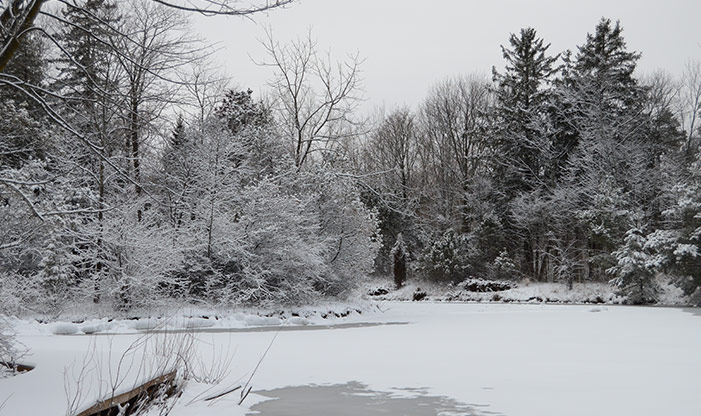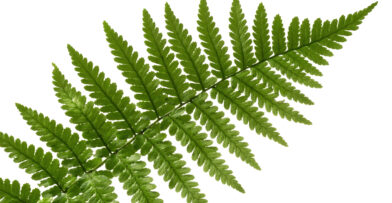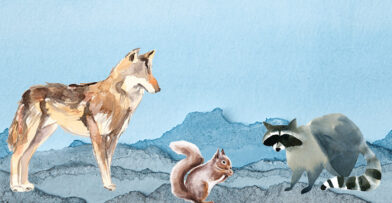Few things are less predictable than a Wisconsin winter. Snow can fall in flurries or blizzards, in traces or feet. Winds and water will alter the landscape and create fluctuating formations in nature. Hiking in Wisconsin’s winter landscape will be full of surprises.
Winter Along the Lakeshore
Schlitz Audubon’s location along the shores of Lake Michigan affects the experience hikers have in the winter. Cold weather after a day of waves will create arrangements of icicles precariously clinging to the low hanging tree limbs lining the beach. A long stretch of below-zero temperatures can result in a phenomenon called ice volcanoes, or “ice canos” speckling the shoreline on large ice shelves. In the water, an assortment of waterfowl might float by during their migration. Bufflehead, Red-breasted Merganser, and Common Goldeneye can be found taking advantage of unfrozen lake waters.
Inland Winter Sightings
More water can be found inland as well. Hiking along the newly established Central Wetlands Loop will provide views of our frozen ponds. Peer through the ice while walking over the new boardwalk at Teal Pond. If snow covers the ground, animal tracks can be easily found along this trail as well. Deer, coyotes, squirrels, and even mice leave behind stories that can be discovered in the snow. Tiny tracks in the prairie might lead to holes that dive deep into the subnivean layer, where many rodents spend their winter days beneath the snow.
Sighting Evidence of Deer
Deer trails will become most evident in deep snow, as they will follow each other along repeated paths to save energy. Along these trails, sapling branches and twigs from white cedar, red osier dogwood, and basswood may appear to have been broken off in a jagged fashion, leaving markings on the branches called browse, where deer pulled off the end of the woody stem in order to eat. Deer will consume upwards of two pounds of woody browse each day while the trees are dormant and lack leaves.
Forests in Wisconsin Winter
Heading into the forest will provide another unpredictable adventure in winter. The South Ravine Trail and Woodland Loop give a deeper look at this fluctuating habitat. An abundance of gray squirrel tracks reveal that animals have been scampering and digging up hidden food caches, with their traces disappearing at the base of trees. Even without snow, the small shallow holes remain in the frozen ground where an acorn or hickory nut was once stored. Within the tall pines and spruces, signs of the red squirrel appear as messy piles of scales and stripped pinecones.
Fluttering between the branches might be Black-capped Chickadee, Northern Cardinal, or Dark-eyed Junco. Chickadees spend their winter caching and searching for food stuck into tiny crevices amongst the trees. A resounding “chicka-dee-dee-dee” sounds the alarm that hikers are present. A distant drumming indicates one of the many woodpecker species that are searching for dormant insects beneath the bark. This might disrupt the sleeping owls hidden amongst the trees.
Come and experience all that this winter has to offer at the Center. Each day will be filled with a new adventure within our 185 acres.


